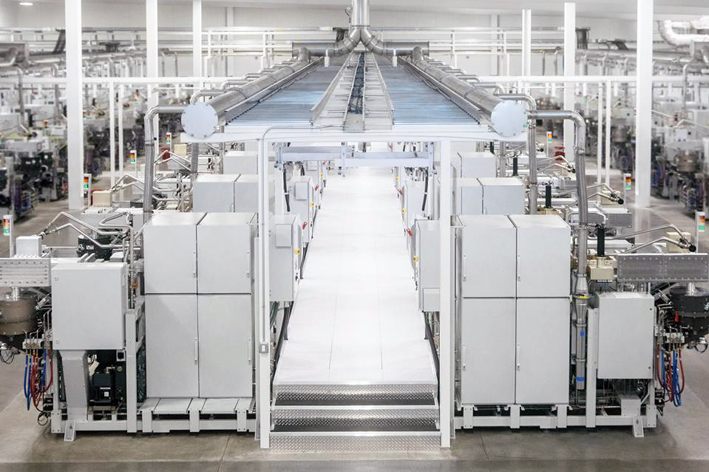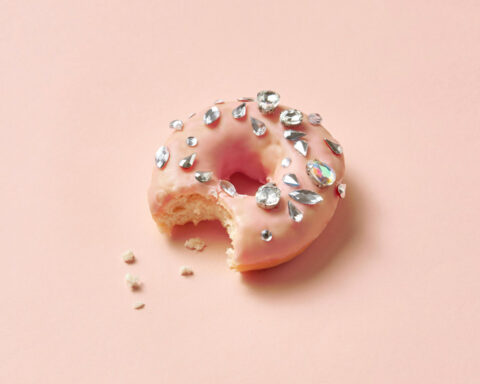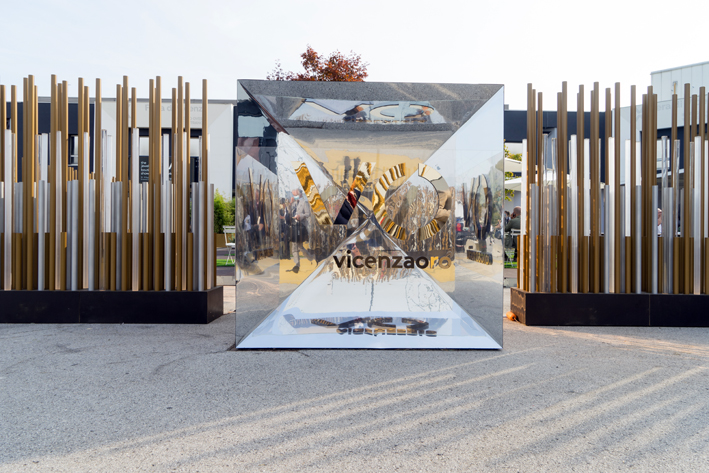While sales of lab-grown, ie synthetic, diamonds are on the rise, the concept of artificial stones may not be clear among buyers. Especially if the diamonds created by machines are considered green, ecological, green, biocompatible, sustainable. You can add the most environmentally friendly definition you prefer. A survey presented at Vicenzaoro September, in fact, puts the finger in the sore: young people, Millennials and Generation Z, have not understood the concept. Can you blame it? Evidently not. It is those who sell synthetic stones who have not communicated enough. In addition, there is an intense debate on how much synthetic gems, largely created in China, are truly environmentally friendly. For example, to be “grown” in the laboratory they need a large use of electricity which, in China, comes largely from coal-fired plants (natural, not synthetic).

In any case, in Vicenzaoro it emerged that over 90% of the interviewees do not know the issues of ethical sustainability of diamonds. And only for those who are aware of the environmental factor consider this aspect as relevant for the choice. Furthermore, the majority of the interviewees think that only the natural diamond also contains an emotional factor, due to its authenticity and rarity. Unlike the stones built in the laboratory. But the ideas of the young people interviewed are quite confused, given that only 60% are ready to buy a natural diamond, while 35% say they are indifferent.

The qualitative research, curated by Laura Inghirami, entrepreneur and founder of Donna Jewel, with the collaboration of Igi (Italian Gemmological Institute) was presented as part of the Gem Talks together with Gaetano Cavalieri, president of Cibjo, Andrea Sangalli, vice president of Federpreziosi . Conclusion: everyone agrees that buyers need to be informed more and better, with Cibjo having created a Guidelines document that can be downloaded from the web. It will be enough?












